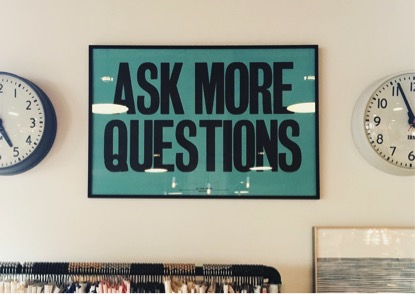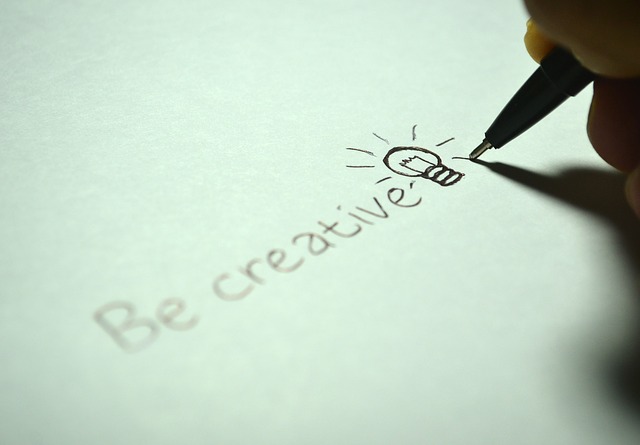Innovation Culture & Transformational Change
Do you want to create a Culture of Innovation? Do you need to bust silos, foster collaboration, and drive value creation across the organization?

Just about everyone wants to be more innovative. But organizations define “innovation” differently. Some see it as introducing new products, while others measure innovation success in terms of new services, customer experiences, business models or internal practices. And while some organizations are widely revered as “innovative” (everybody wants to know the secrets of Apple, Google and other high fliers), many continually struggle to find their stride.
All companies, whether they are successful with innovation or not, have one thing in common: they have their own “personalities”, their own particular organizational culture – the shared experiences, values, norms, assumptions and beliefs that shape individual and group behaviour, and that (for better or for worse) impact their success with innovation.
Beginning with a customized Innovation Culture Assessment we uncover the deeper barriers and untapped opportunities for driving greater innovation and business growth.
Through customized surveys and in-depth interviews, we create a map of your organization’s culture that forms the basis for actionable programs designed to pull the various strategic and tactical levers necessary for shifting the culture.

Strategic and tactical levers that drive strategic innovation
To foster sustainable business growth, today’s leaders must take a proactive role in fostering an organizational culture by pulling the levers that drive strategic innovation.These levers are the following:
Strategy and Business Model
The organization’s explicit (or implicit) functional design, and strategies for competing and growing given the external environment.
Leadership
How the organization’s leaders influence strategic direction and day-to-day operations, both through explicit communications and their more subtle behaviours.
Processes
How strategies are executed and how work is accomplished through day-to-day practices and interactions, both internally – and externally-focused. This can be very broad, and includes: the ways the company interacts with its customers/ consumers; the ways various internal functions/departments interact relative to innovation; the ways information is shared; the ways employees contribute new ideas; the ways ideas are prioritized, tested, developed, killed off, and implemented.
Rewards & Recognition
The formal and informal ways people are recognized and rewarded for innovation-related behaviours and results.
Structures
The formal/informal organizing principles and functional designs (both internal and external) that enable (or inhibit) collaboration and guide employee behaviour.
People
The skillsets and mindsets of individuals who work together, including employees, external partners and suppliers, etc. This has implications for hiring and training.
Metrics
The formal and informal measures that drive the kinds of innovation-related behaviours an organization wants to see from individuals, teams and departments. An unhealthy tension often exists between longer-term corporate aspirations (innovation-focused) and short-term metrics (immediate performance).
Enabling Technology
Capabilities and tools (e.g., internet-based collaboration/ communications tools, idea management or idea competition applications, etc.), that allow employees (and external partners and customers) to connect, share knowledge, and innovate.
